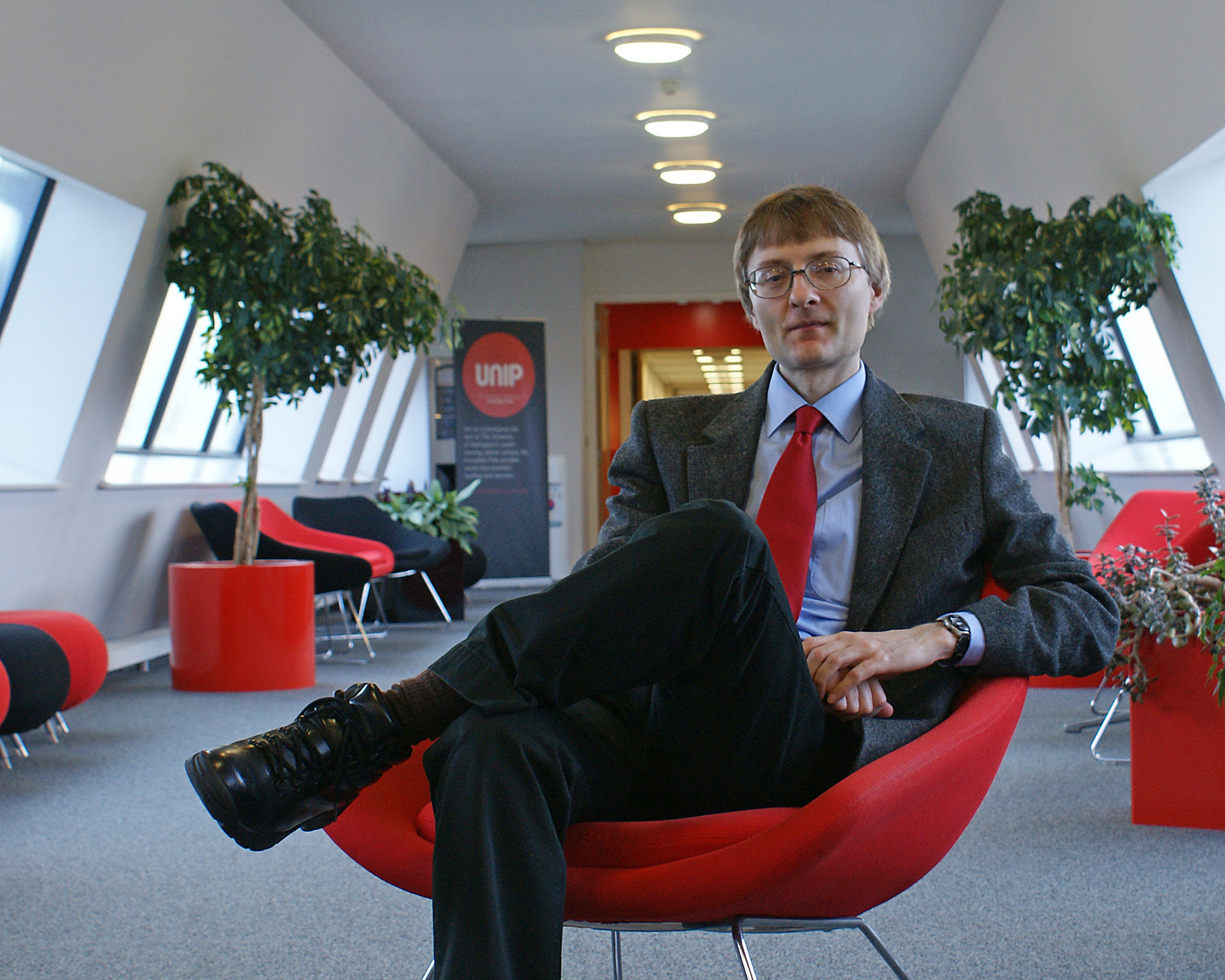
5 October, 2015, by Georgia Ames
The Next Big Thing
The breakfast programme resumed after a short summer break with a returning favourite – Christopher Barnatt, Associate Professor of Strategy & Future Studies here at The University of Nottingham’s Business School. The morning’s breakfast presentation was based on ‘The Next Big Thing’ – helping people think big: to remember that the possible can become possible.
Chris recapped the last big thing – the Internet Revolution. This may be over and it’s still very important, however this is not where the revolution is anymore. He outlined his four predictions of The Next Big Thing;
- Local Digital Manufacturing (LDM)
- Synthetic Citizens
- Resources from Space
- Transhuman Evolution
In the last 30 years we have rebuilt the economy to rely on nanoscale and microscale machines. We call them microprocessors, and they process information. In the next 30 years we will rebuild the economy once more based on nanoscale and microscale machines – this time microfabricators that will turn digital designs into physical things. The prediction for 2035, is that 3D printing, synthetic biology and nanotech will all combine together to create a new idea, the example shown was printing of human liver, heart and printing skin onto burn victims.
The second of Chris’ predictions is based around Synthetic Citizens. Chris spoke about the different virtual assistants online, which different companies have all began to develop, e.g. Siri, Cortana etc. Chris also showed the evolution and development of robots made in recent years. With robot ideas developing and becoming more advanced, plus their links to artificial intelligence it is likely that many repetitive tasks done by people, will eventually be carried out by machines.
Chris’ next prediction was based around Resources from space. The example given was that as resources on Earth continue to dwindle, an option for us is to harness Solar Energy from space. These orbiting systems would receive sunlight before it hit the Earth, and wirelessly transmit their collected energy to a receiving station on the ground. Mining the moon for specialist materials is another possibility; NASA and others are also looking into asteroid materials, not only how to harvest them but also where they might be used.
Chris’ final prediction was regarding Transhuman Evolution. Genomic medicine is the idea of prescribing medicines based on genetics. As the cost of DNA sequencing continues to fall it opens up significant opportunities for the health/pharma/medicine industries. Prescription drugs would be accurately targeted towards suitable DNA profiles to increase the efficacy of the medicine while simultaneously minimising the risk of adverse side effects. Drugs would be developed to suit specific individuals.
Our next breakfast session will be on Tuesday 10th November, where Louise Mullany, Associate Professor in Sociolinguistics, will be sharing her knowledge on Effective On-Line Communications. For more information, please visit the Ingenuity Website.

It was a great presentation, both content and delivery. I have relayed an account of it to many so far!
Wow, an excellent insight and look into the future! Exciting and scary all rolled into one